Active exoskeleton from Central Research Institute Tochmash and its prospects
Over the past several years, our country has been developing a promising military exoskeleton capable of increasing the basic performance of a fighter. Previously, a passive version of such a product was presented, and at the last forum "Army-2021" an active type exoskeleton was shown for the first time. So far, this is only a prototype, but in the medium term, products of this kind can be included in the combat equipment of a number of units.
Exhibition samples
The development of promising exoskeletons for the army is being carried out at the Central Research Institute of Tochmash (part of Rostec) with the involvement of other scientific and design organizations. The result of this approach has already become a number of projects and prototypes of various kinds, demonstrated at exhibitions in recent years.
So, in 2017, the Central Research Institute Tochmash for the first time showed materials on promising combat equipment, in which it was proposed to include an exoskeleton. Later, at the Army-2018 forum, this development was shown in the form of a model. In addition, an experienced passive exoskeleton was demonstrated, capable of complementing the serial Ratnik equipment. As reported, such a product has already been tested in the units of the armed forces.
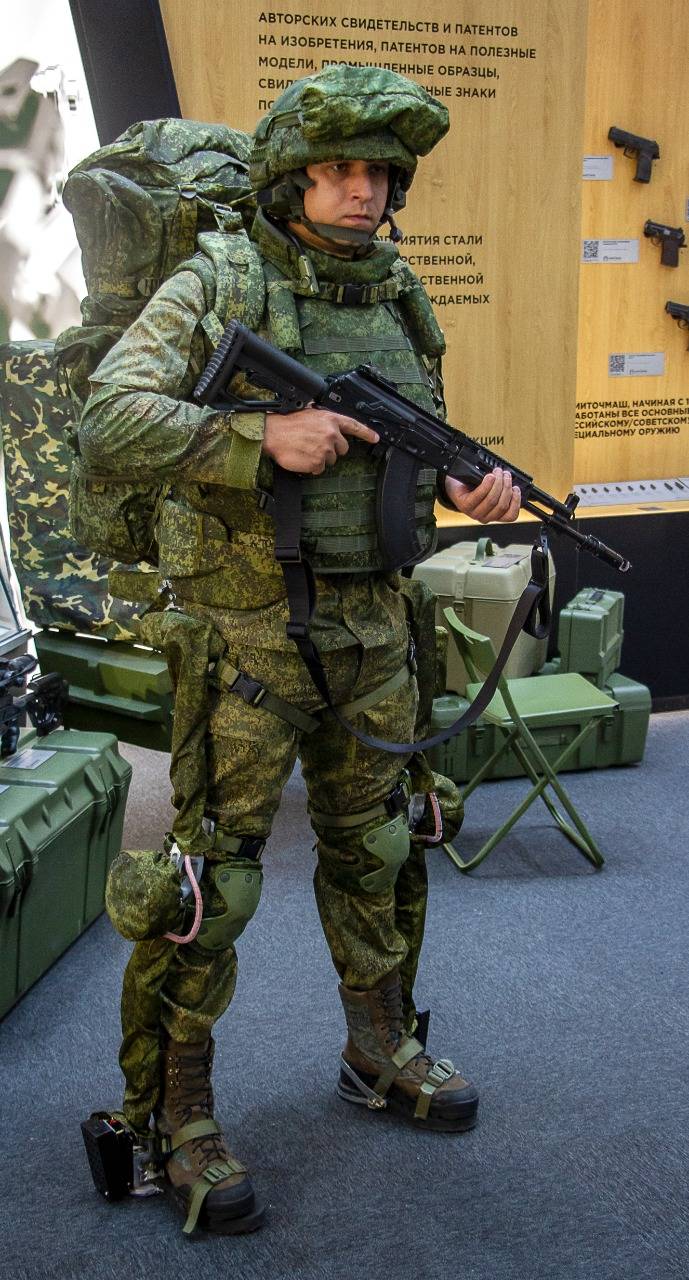
Last year, one of the novelties of Army-2020 was a semi-active exoskeleton developed by the Central Research Institute of Tochmash in cooperation with the Research Institute of Mechanics of Moscow State University. Lomonosov. This prototype differed from previous samples by the presence of an electric drive of the knee joint with a power of 350 W; the rest of the joints retained the same design without an external drive. Tests have shown that the semi-active design of the exoskeleton can reduce the load on the knees of a person by 25%, which will be useful when walking for a long time or when carrying loads.
It was argued that the semi-active exoskeleton meets the requirements of combat equipment and can be part of any of the promising kits. At the same time, it was planned to continue the development of the design. The next step in this direction was to be the emergence of a fully active system with new modes of operation.
This version of the exoskeleton was first demonstrated at the last "Army-2021". The existing design was revised and supplemented with new electric drives and corresponding controls. Active and passive modes of operation are envisaged, giving different advantages, which has been confirmed during tests. The main ways of development of such a design are also determined.
Development technologies
The goal of current projects from the Central Research Institute of Tochmash and related organizations is to create an exoskeleton capable of taking on physical activity, as well as using drives in addition to the operator's own forces. Due to this, it is possible to simplify the carrying of various loads, incl. equipment and weapons, as well as increase the mobility of a soldier. The fundamental ability of existing exoskeletons to solve such problems has been repeatedly confirmed by tests and practice.
The active exoskeleton of the latest model is the result of the gradual modernization of previous models. As a result, it retains the main features of the technical appearance, but differs in the composition of the equipment and, consequently, in the capabilities and characteristics. So, a key contribution to the development of the project is now made by updated electronics with improved software.
As before, the main elements of the exoskeleton are two metal "legs", which are fastened to the lower limbs of the fighter with the help of belts. They include two longitudinal members with an articulated "knee" and a sole. Control systems, power supplies, etc. are made in the form of external and hinged units.
There are position sensors in the joints of the artificial "legs"; the soles are equipped with pressure sensors. All information about the mutual movements of the parts goes to the electronic unit, which processes signals, determines the operator's movements and issues the appropriate commands to the servos of the knee "joints". There are no electric drives on the other joints.
The exoskeleton has two modes of operation. In passive, only the mechanical part of the product is used. It takes over the available masses and relieves the fighter's legs. This mode is intended for handling loads on flat surfaces. There is a lock of joints, allowing you to stand for a long time.
Active mode involves the use of all electronic and electromechanical units. In this case, the automation detects and copies human movements. This mode is suggested to be used when hiking on rough terrain, incl. with weapons and any cargo.
The latest version of the active / passive exoskeleton weighs approx. 6 kg. It reduces the load on the human musculoskeletal system by 50% and reduces energy consumption when walking by 15%. Due to this, the payload of the soldier can be increased to 60 kg with the correct weight distribution. In addition, the exoskeleton is useful when using weapons. So, when firing from automatic systems, due to the redistribution and damping of recoil, the accuracy increases by 20%.
With all its advantages, the new exoskeleton, like the previous ones, is distinguished by great ease of use. Its design provides all the necessary degrees of freedom and does not restrict movement. No special user training is required, there are no significant operating restrictions.
Development prospects
The new exoskeleton from the Central Research Institute of Tochmash and the Research Institute of Mechanics of Moscow State University compares favorably with the previous developments of its family. However, obtaining new capabilities does not exclude the need for further design improvements. So, the developers have already revealed their plans for the near future. The characteristics of the product will be improved by finalizing all of its elements.
The main part of the exoskeleton elements in its current form is made of metal. In the future, they plan to introduce composites, due to which the weight characteristics will improve while maintaining the required strength. The power supply system also needs further improvement: the capabilities of the entire complex directly depend on its characteristics. They plan to continue to refine the control systems.
The result of current work in the medium term should be a full-fledged exoskeleton for military use, capable of facilitating long transitions, cargo transportation and combat. In this case, the fighter will not face any specific restrictions due to imperfect design. The possible timing of the appearance of a full-fledged production model indicates that it can be accepted for supply along with the next generation combat equipment being created now.
However, exoskeletons from the Central Research Institute Tochmash and other developers are already being used in the armed forces. Prototypes of previous models were transferred for testing to the armed forces and other structures that may be interested in such equipment. In particular, it is exoskeletons that allow operators to robots-sappers "Uranus-6" to carry a fairly heavy and large control station.
Future systems
It is obvious that in the near future a new version of the exoskeleton with an active mode will undergo comprehensive tests, incl. with the involvement of military personnel from different structures and divisions. Based on their results, we should expect new improvements and design improvements. It is likely that the next stage of modernization will take from several months to a year, and the next "Army-2022" will host a new curious premiere.
You can also expect that the improved exoskeleton will be fully included in the program for the development of promising combat equipment. In this case, in the middle of the decade, one can expect the beginning of the introduction of such technology in combat units. However, before that, it is necessary to complete the current research and development work. Moreover, the last news allow you to look to the future with optimism.
- Ryabov Kirill
- TsNII Tochmash, RIA Novosti
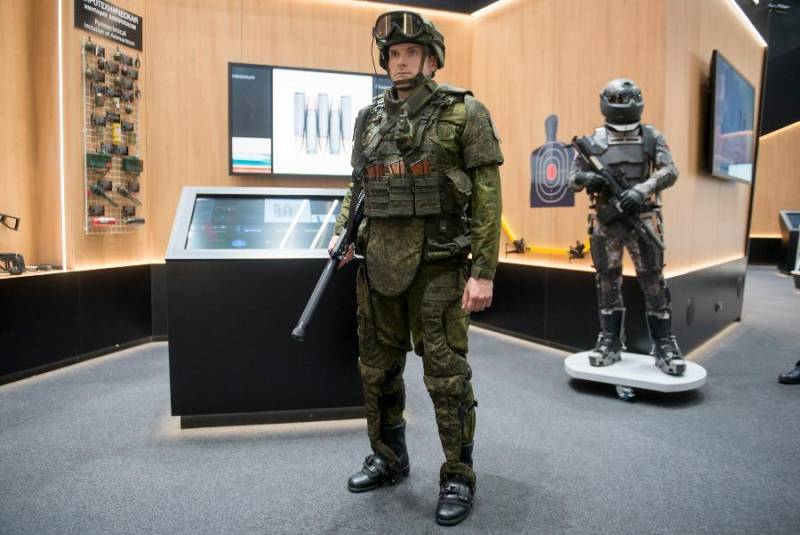
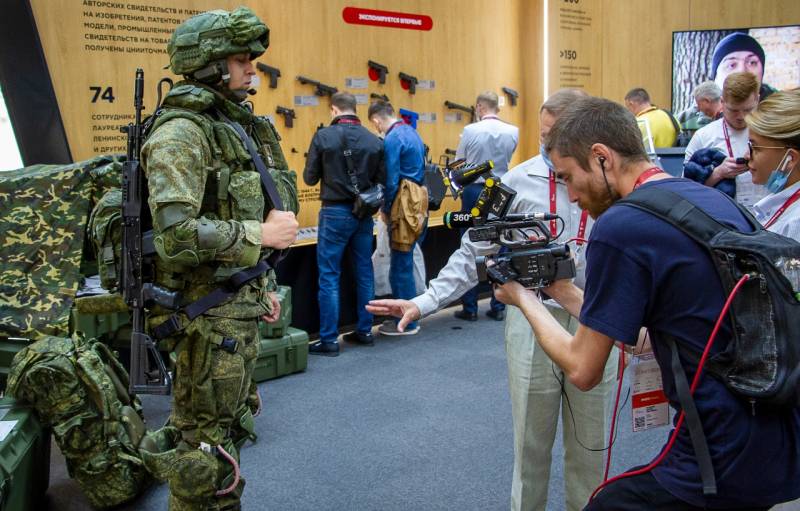
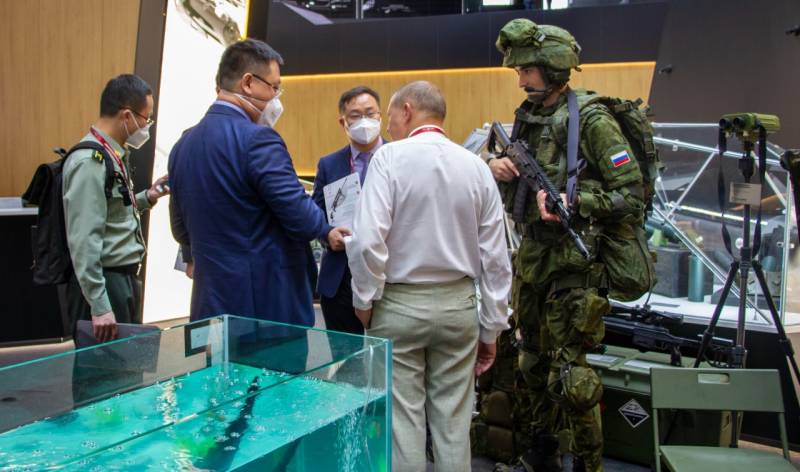
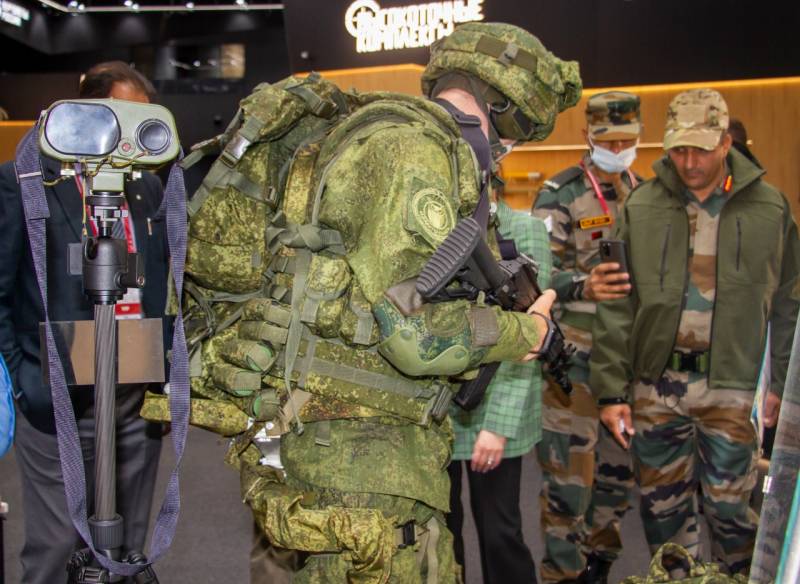
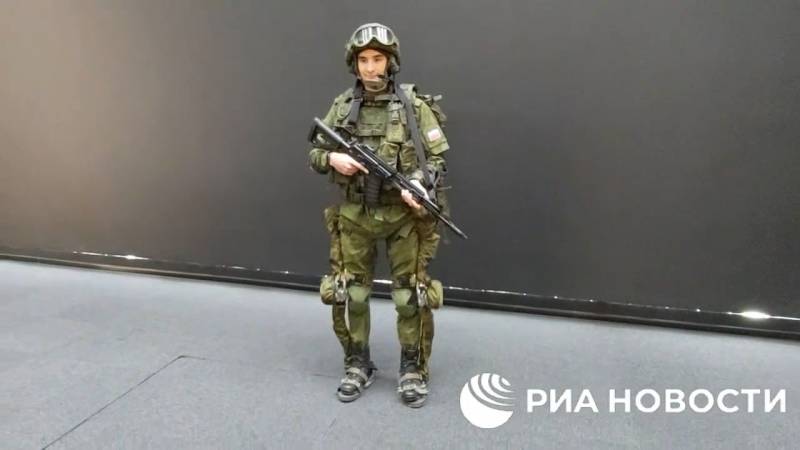
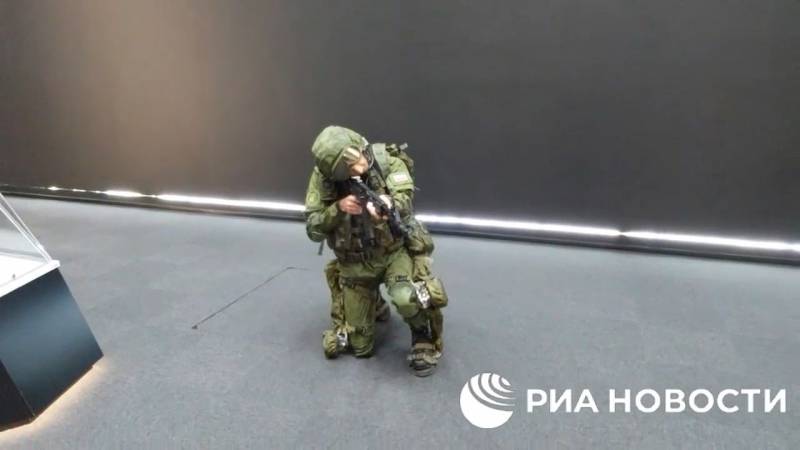
Information